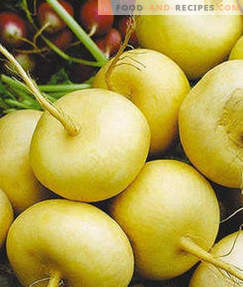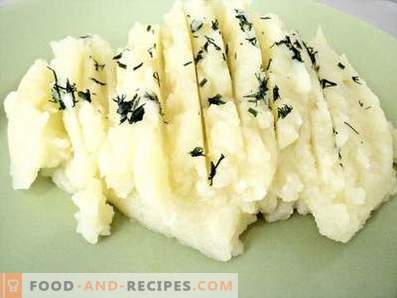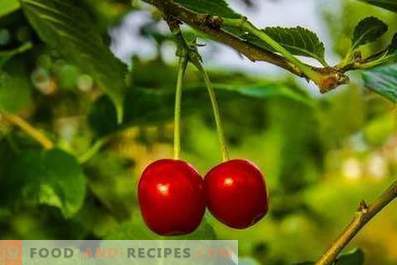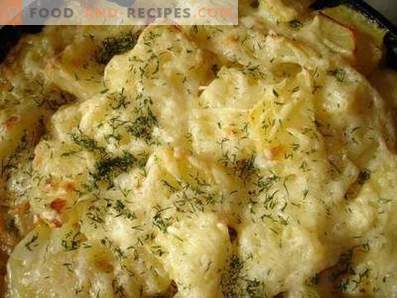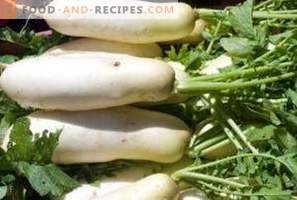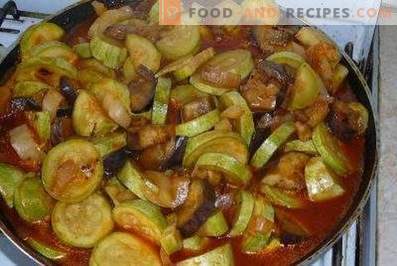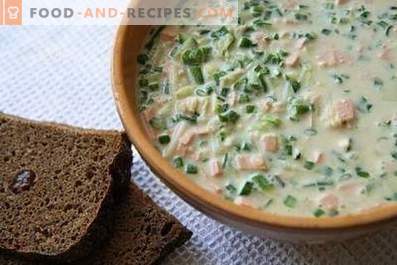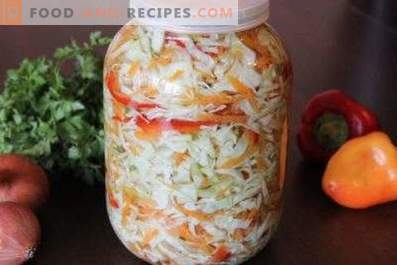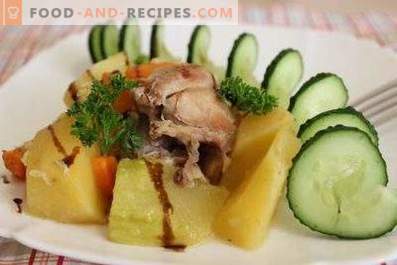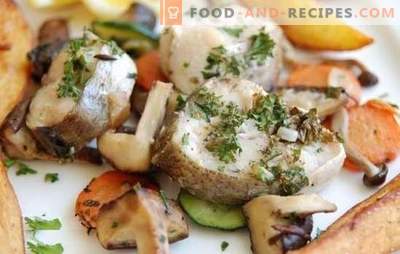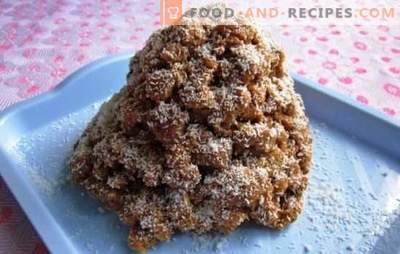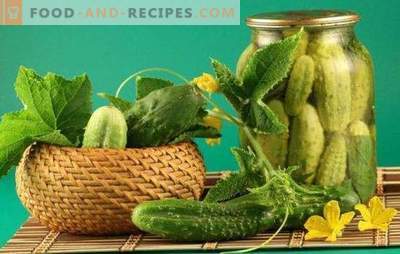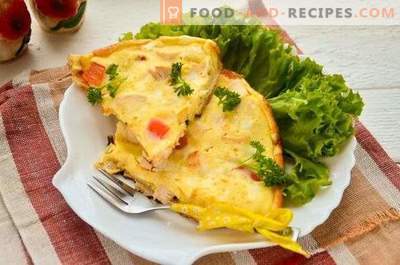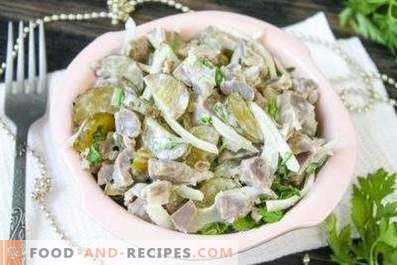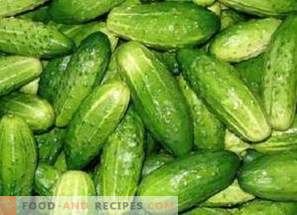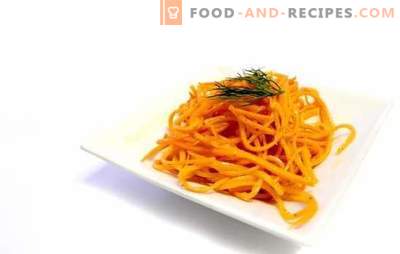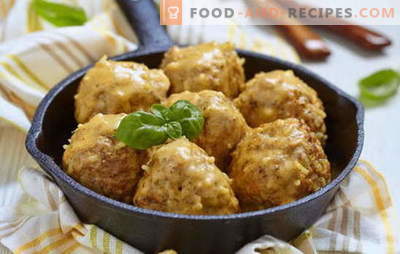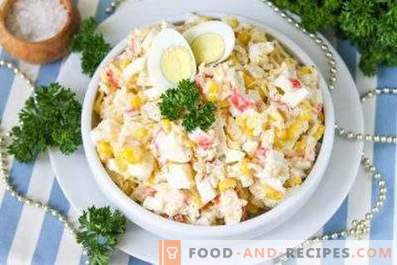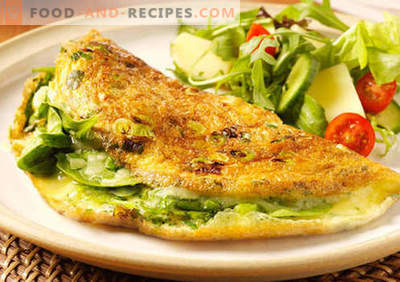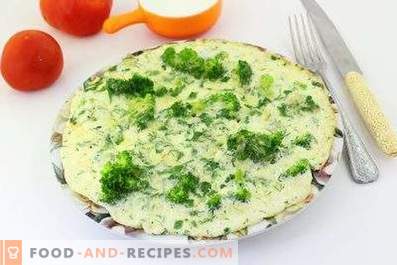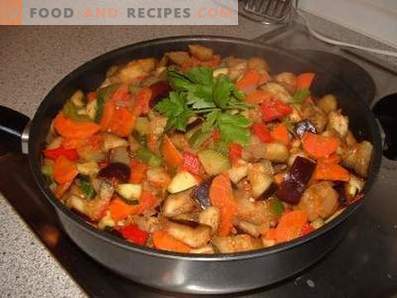
The tubular nightshade, or potato, is the culture of the Solanaceae family. The homeland of the plant is South America: its wild-growing species are still found on the mainland. The first cultural forms of the tuberiferous nightshade were developed about 8 thousand years ago in the territory of modern Bolivia. Locals not only consumed potatoes for food, but also worshiped this plant as a deity.
The tuberiferous nightshade came to Europe in the middle of the 16th century. The tubers of the plant were brought from Peru to Spain by a geographer, historian and humanist Pedro Cieza de Leon. Culture has become widespread in most European countries. At the same time, Europeans began to consume potatoes for food only in the last quarter of a century: before that, it was grown as an ornamental plant.
The tuberiferous nightshade came to Russia only by the end of the 17th century. Peter I, who was on a visit to Holland, ordered to send home a bag of tubers of this crop to be sent to provinces. However, until the beginning of the XIX century, the potato was not widely spread in the Russian territory. The peasants refused to accept this plant because of its frequent poisoning with poisonous berries (“damn apples”).
In the middle of the XIX century, measures were taken at the state level aimed at popularizing potatoes and increasing the area sown by this crop. The “potato revolution” quickly bore fruit: by the beginning of the 20th century, Russian peasants began to call potato tubers “second bread”. In the peasant families, potatoes were consumed in a boiled, baked form, they were added to soups and pie fillings, a kind of starch was made on its basis. Today, tuberiferous nightshade is grown in most countries of the world located in temperate zones. The largest potato producers are China, India, Russia, Ukraine and the United States. The leader in the cultivation of potato tubers per capita is Belarus.
Botanical description of potatoes
Tuberiferous nightshade is a herbaceous plant with a smooth, ribbed stem, reaching a height of 100 cm. Dark green odd-pinnate, intermittently dissected leaves of the culture sit on fleshy juicy cuttings. Pink, white or purple flowers of potato are gathered in a shield at the top of the stem. The fruit of the plant is a poisonous dark green berry with many seeds, distantly resembling a tomato in appearance.
From a part of the stem, immersed in the soil, several underground shoots 15-50 cm long depart. From the thickenings on their tops over time, edible or oval tubers with a peel of yellow, white, purple, red or pink color are formed. Ripens potatoes from August to September.
Nutritional value of potatoes and vitamins in its composition
Nutritional value of potatoes (100 g):
- 1, 938 g of proteins;
- 0, 388 g of fat;
- 16, 271 g of carbohydrates;
- 1, 376 g of dietary fiber;
- 78, 113 g of water;
- 0, 191 g of organic acids;
- 1, 092 g of ash;
- 1, 293 g of sugars;
- 0, 073 g of omega-6 fatty acids;
- 14, 787 g of starch, dextrins.
Vitamins per 100 g of potato:
- A, retinol equivalent - 2, 984 mcg;
- B6, pyridoxine - 0, 288 mg;
- E, tocopherol equivalent - 0, 094 mg;
- B1, thiamine - 0, 116 mg;
- B9, folates - 7, 612 mkg;
- H, biotin - 0, 098 mkg;
- B2, riboflavin - 0, 068 mg;
- C, ascorbic acid - 19, 804 mg;
- PP, nicotinic acid - 1, 748 mg;
- B5, pantothenic acid - 0, 291 mg.
Potato calories
100 g of raw potatoes contain 76, 418 kcal. The average weight of a potato tuber is 130 g. Thus, the calorie content of 1 potato is 99, 343 kcal.
The energy value of dishes prepared from potato tubers is (kcal per 100 g):
- potatoes cooked without peel - 71, 509;
- boiled potatoes “in uniform” - 74, 221;
- fried potatoes - 156, 903;
- baked tubers - 98, 718;
- deep-fried potatoes - 263, 197;
- mashed potatoes - 107, 521;
- potato pancakes (draniki) - 267, 812;
- potato dumplings - 101, 583.
Caloric value of 100 g of potato chips - 552, 683 kcal. 100 g of potato starch contains 358, 021 kcal.
Useful elements in potato tubers
Macroelements in potatoes (100 g):
- potassium - 567, 219 mg;
- sodium - 4, 893 mg;
- phosphorus - 57.042 mg;
- calcium - 9, 804 mg;
- sulfur - 31, 607 mg;
- chlorine - 57, 044 mg;
- magnesium - 22, 782 mg.
Trace elements in potatoes (100 g):
- iodine - 4, 799 mkg;
- zinc - 0, 358 mg;
- copper - 139, 001 µg;
- aluminum - 859, 011 μg;
- cobalt - 4, 788 mkg;
- molybdenum - 7,616 μg;
- boron - 114, 806 mcg;
- nickel - 4, 782 mcg;
- fluorine - 29, 018 mkg;
- lithium - 76, 512 mkg;
- rubidium - 499, 681 µg;
- vanadium - 148, 507 µg;
- selenium - 0, 292 mkg;
- manganese - 0, 168 mg;
- chromium - 9,893 μg;
- iron - 0, 847 mg.
Useful properties of potatoes
- In potatoes, baked or boiled in their skins, almost all vitamins and useful elements are preserved. Its regular consumption allows you to replenish stocks of nutrients in the body, to prevent the development of beriberi.
- Potato tubers are an available source of group B vitamins. Therefore, dishes made from them are recommended for people who have been diagnosed with metabolic failures or diseases of the nervous system.
- In folk medicine, raw potatoes are treated with hemorrhoids. People suffering from this disease are recommended to drink half a glass of potato juice every morning, and to put rectal candles cut from the tubers of this plant at night.
- Warm chest compresses of mashed boiled potatoes are an effective remedy for prolonged coughing.
- From seedlings of potatoes, an infusion is prepared, which improves visual acuity and protects the visual apparatus from the action of adverse external factors. Vegetable raw materials are washed, put in a jar and poured vodka 1:20. Mixture insist 17 days in the dark, and then take 3 tsp. per day.
- It has been proven that regular consumption of potatoes helps to minimize the risk of developing Alzheimer's disease in old age, improves the ability to remember information.
- Raw potatoes are effective against hematomas. Tuber fray on a grater, put gruel in cheesecloth and apply a compress to the affected area.
- Potatoes contain substances that accelerate the elimination of excess cholesterol from the blood, prevent the formation of cholesterol deposits on the walls of blood vessels. Regular inclusion in the diet of boiled potato tubers reduces the risk of atherosclerosis and other cardiac disorders.
- Gruel from grated raw potatoes has soothing and regenerating properties. The lotions made on its basis are used to treat superficial burns, fungal and dermatological diseases, and erysipelas.
- Potatoes are rich in potassium, which supports normal blood pressure. People suffering from hypotension or hypertension, you need to eat at least 3 tubers of this plant per day in boiled or baked form.
- In alternative medicine, raw potatoes are used to treat corns. A piece of a tuber of 5-7 mm thick is pinned to the affected area for 8-9 hours.
- Freshly squeezed potato juice has anti-inflammatory and enveloping properties. The tool is taken orally for diseases of the digestive tract: gastric ulcer, gastritis, etc.
- Raw potatoes can be used to combat eyelid swelling. Remove 2 thin slices of peeled tuber and apply them to closed eyes for 15-20 minutes.
- Boiled potatoes are useful for people who suffer from diseases arising against the increase in acidity of gastric juice.
- Gruel made from grated raw potatoes is an effective remedy for heartburn. If discomfort appears, it is enough to take 2-3 tbsp l facilities.
- Baked potatoes are used to treat boils. The tuber is cooled a little, cut in two and applied to the diseased area with a slice. The procedure is repeated every 1, 5 hours.
- Juice of new potatoes has laxative properties. In order to get rid of constipation, it is enough to drink 3 sips of this drug every hour.
- Folk healers recommend the use of potatoes in the treatment of diseases of the upper respiratory tract. To achieve a therapeutic effect, it is necessary to boil several untreated tubers and inhale the hot steam rising above them for 15 minutes.
- Juice squeezed from raw potatoes can be used to combat headaches. In order to relieve the discomfort, it is enough to drink 1/3 cup of this product every half hour.
- Cosmetic masks for the face are prepared from young potatoes, ground into mush on a grater. In order to moisturize the skin, make it velvety and elastic, it is enough to apply the product onto it for 15 minutes and then wash it off with warm water. The effectiveness of the mask can be improved by adding in it a beaten egg yolk and some honey.
- Grated potatoes with the addition of warm milk are used to make local baths that rejuvenate the skin on their hands. The procedure should last at least 10 minutes and should be repeated twice a week.
Contraindications and harm to potatoes
- Potato is a high-calorie product with a high starch content. Persons suffering from obesity should minimize the consumption of dishes prepared on its basis.
- During long-term storage in the light, the rind of potato tubers acquires a greenish tint, and a poisonous compound is formed in their pulp - solanine. For this reason, it is strictly forbidden to cook green potato dishes. Failure to follow this recommendation may result in the development of dizziness, diarrhea, nervous disorders, abdominal pain, cramps and shortness of breath.
- Nutritionists recommend that people with diabetes be wary of eating potatoes. Dishes prepared from the tubers of this plant have an increased glycemic index and contribute to a sharp increase in the level of sugar in the blood of the patient.
- Potatoes are one of those products that can provoke the development of allergic reactions. People with allergies, should exercise caution when it is included in the diet of its tubers.




